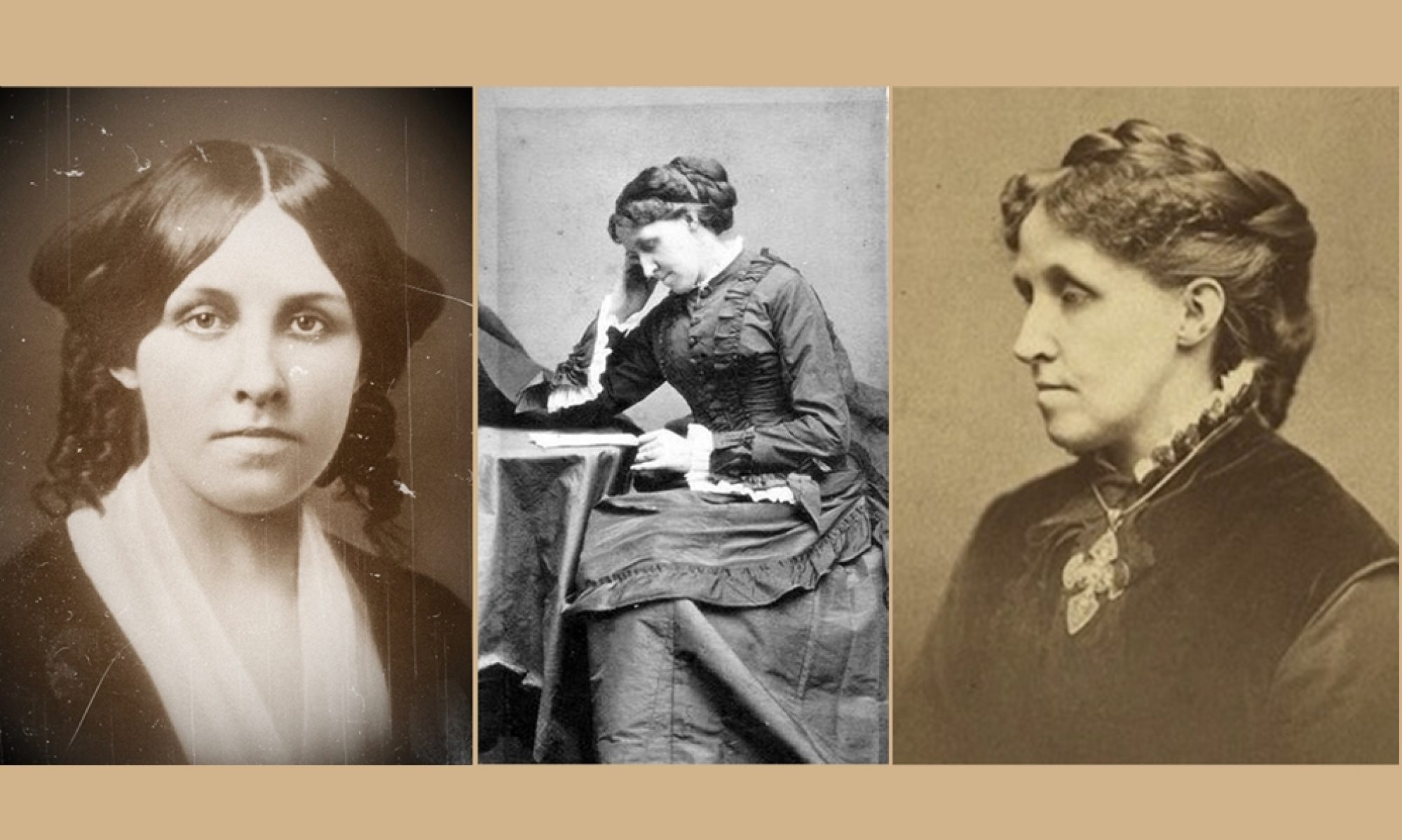 It’s interesting how the supposedly old-fashioned Polly is actually more modern than the sophisticated Fanny. That’s if you think in 21st century terms.
It’s interesting how the supposedly old-fashioned Polly is actually more modern than the sophisticated Fanny. That’s if you think in 21st century terms.
In the Shaw household, the acquisition of wealth and keeping up with fashion are both considered “sophisticated” and desirable, whereas purposefulness and little kindnesses are considered “old-fashioned.” Yet, as Louisa May Alcott points out in An Old-Fashioned Girl, these old-fashioned qualities are more consistent with a woman who knows who she is and how she should fit in the world.
A life of purpose
Louisa, of course, was very purposeful, perhaps to a fault. She was fortunate in knowing what she was meant to do at a very early age, and her unusual upbringing actually nurtured that vocation. She certainly was a woman ahead of her time.
It’s obvious that she disapproves of the idle and shallow lives she believes privileged (aka “kept”) women of her time are leading. Each time she writes of the privileged few who grow up with all the pretty things they could ever want, there is a decided air of disapproval hovering over them. This was true in “Meg Goes to Vanity Fair”, chapter 9 Little Women, where Meg learns that having many pretty things and being “dolled up” were not all they were cracked up to be.
This disapproval is also apparent also in An Old-Fashioned Girl where Louisa describes a family (the Shaws) that is so wrapped up in material things that they forget how to be loving to each other. As a result, the family members are unhappy with themselves and each other, and have no clue as to why.
A self-absorbed family
In An Old-Fashioned Girl, Louisa describes a group of people who are self-absorbed, and each member acts out their self-absorption in various ways:
- Mr. Shaw is so consumed with making money that he barely knows his children. He particularly ignores his son, Tom.
- Tom, ignored by his father, creates constant mischief as it is the only way he can get any attention. Of course the attention is negative, only reinforcing Tom’s actions.
- Little Maud is spoiled, whining and complaining about every little thing, taking to screaming when she doesn’t get her own way. As a result, she is a real irritant to the rest of the family.
- Fanny is only interested in becoming sophisticated and leaving girlhood behind as quickly as she can. Her purpose is shallow and her days spent in idleness. From what I’ve read so far, her goal in life is to marry someone like her father who can continue to provide her with the privileged life she is accustomed to, and feels entitled to.
Polly’s presence and “old-fashioned” ways challenge this family. Louisa takes chapter 4, called “Little Things” to lay out her case.
A breath of fresh air
What does Polly do that is so different? She is not consumed with herself but reaches out to others. And this gives her purpose. In the course of the chapter she:
- Plays with Maud who is bored (and acting out as a result); Polly ends up teaching her how to sew. This draws Fanny into the act as well even though she declares with a superior air that she hasn’t played with a doll for “ever so long.”
- This act impresses Fanny who admits that life is pretty dull without Polly who seems to be busy all the time.
- Seeing his daughters busy with purpose, Mr. Shaw is drawn out of himself, commenting that “Polly has been making sunshine for you to-day.”
- Polly ends up reaching out to Mr. Shaw by showing affection. She walked with him on the way to his office, and at evening, would wait for him and have his slippers out. These little acts of kindness were not submissive acts, but acts of affection that succeeded in drawing Mr. Shaw out of his shell. As a result,
- Mr. Shaw begins to pay attention to Tom and notices when he has done good work with his oratory homework. In turn,
- Tom behaves better and thinks better of himself.
From the mundane to the sublime
This is one of the things that I love so much about Louisa May Alcott. She takes the mundane things of life (such as little kindnesses) and elevates them to the sublime. These kindnesses are no longer mundane because they improve the lives of those touched by them. They are not submissive acts because they are done out of free will with the purpose of bettering the lives of others.
Purpose and kindness
Purposeful and kind acts are done by a free and independent girl named Polly. This sense of independent purpose is hardly “old-fashioned” – it’s modern and has only been realized by women at large in the last two or three generations.
Polly’s purpose and kindness will save her from being a “kept” woman, bored and frustrated, with no sense of thought or introspection and therefore, no clue as to how or why she would feel that way.
Again I see that subtle mix of feminism and spirituality from Louisa. It’s a powerful combination, written nearly 150 years ago, that inspires even now in the 21st century.

I have just finished this book myself and will be posting soon. You are right about the modernity of LMA’s depiction of Polly. Polly’s happiness does not come from possessions or status but from having a purpose in life. This is really apparent in the second half of the book.
I just saw your post – Silver Season – An Old-Fashioned Girl – great post! I’m not that far into the book yet but I’m glad to see that my gut feeling was correct.